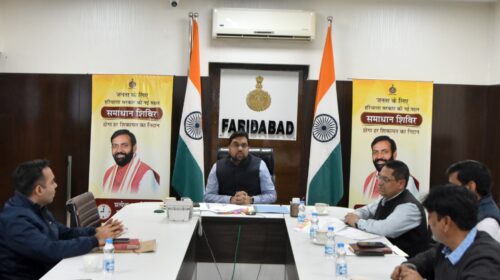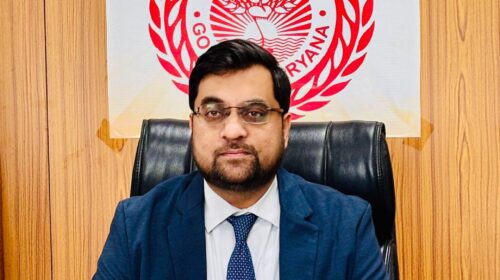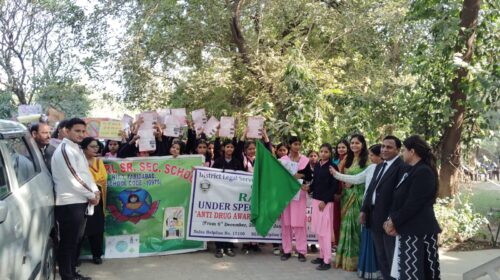Had Amit Shah Kept His Word: Uddhav Thackeray’s Cutting Rejoinder
Uddhav Thackeray’s invoice makes the same point that other politicians have argued – if the BJP were willing to give up the post of Chief Minister for an outsider, why didn’t it just do so in 2019.
The day after his replacement took charge as Chief Minister of Maharashtra, Uddhav Thackeray had a succinct rejoinder for his rival, the BJP. “If Amit Shah had kept his word to me, Maharashtra would have a BJP Chief Minister by now.”
Mr Thackeray’s invoice, issued in his first media briefing after he resigned on Facebook two nights ago, makes the same point that other politicians and commentators have argued – if the BJP were willing to give up the post of Chief Minister for an outsider, why didn’t it just do so in 2019?
That is when Mr Thackeray ended a 30-year alliance with the BJP for his party, the Shiv Sena, after their combine won the state election. Mr Thackeray said he had been promised in negotiations with Amit Shah ahead of the election that the Sena and BPJ would time-share the Chief Minister’s term – what’s known as a “rotating Chief Minister”. The BJP indicated it had made no such assurance; in any case, in the election, it was by far the larger vote-getter, and that meant it would call dibs on the heftier posts.
Mr Thackeray was then co-opted by Sharad Pawar into a new alliance- their parties with the Congress as a third wheel. Together, they were larger than any other combination -and so Mr Thackeray became Chief Minister.
The new company Mr Thackeray was keeping meant that the Sena’s traditional aggressive Hindutva was weakening, said Eknath Shinde last week upon launching a revolt that brought down Mr Thackeray’s government. He was backed originally by 20 MLAs; in less than a week, their number doubled. So comprehensive was Mr Shinde’s exercise that even an aide of Mr Thackeray’s, sent early on to persuade the rebels to return, converted to Camp Shinde.
The Shinde league demanded that the Shiv Sena end its association immediately with non-BJP parties by quitting the government. Mr Thackeray urged face time, the rebels were kept safely harboured in first Surat, then Guwahati and finally Goa so that their resistance would not weaken.
What started out as a stealth attack ended as anything but – recognising that he would not win a trust vote in the Assembly, Mr Thackeray resigned.
Grooming the revolt, then ensuring its growth spurt, and pushing it across the finish line- all this was godfathered by Devendra Fadnavis, the BJP leader who Mr Thackeray had replaced as Chief Minister. When Mr Thackeray resigned, Mr Fadnavis was photographed in jubilation, popping laddoos, the fare of auspicious beginnings.
It was a given that Mr Fadnavis would be Chief Minister. The media reported this – “Fadnavis 2.0” ran the headlines, announcing his new term; BJP workers congratulated him too. So when Mr Fadnavis, with Mr Shinde by his side, announced that it was the junior leader who would take charge as Chief Minister yesterday, the disbelief was widespread. Minutes later, Mr Fadnavis said he would not participate in the government but would ensure its smooth coordination.
That was not the only shock for Mr Fadnavis or onlookers. When the oath-taking ceremony for Mr Shinde was commenced, BJP President JP Nadda tweeted that he had asked Mr Fadnavis to accept the role of Mr Shinde’s Deputy. A similar tweet from party boss Amit Shah followed. Another chair was quickly placed next to Mr Shinde’s. Mr Fadnavis had received marching orders – to get to the stage. He complied but not without declaring, also on Twitter, that it was an “order” he would abide by.
When Mr Fadnavis was Chief Minister, Mr Shinde as a senior minister who reported to him. The new developments reverse the order. The BJP’s reasons for promoting Mr Shinde revolve largely around taking out Mr Thackeray as the unifying force of the Shiv Sena, a party founded by his father and whose name party cadre still take with reverence. Mr Shinde wants his faction – much larger than Mr Thackeray’s – to be declared the real Shiv Sena. As Chief Minister, his claim acquires more legitimacy, or so the BJP hopes. The highest position being given to Mr Shinde also depicts the BJP as a party that respects allies, whose maneuverings are not in pure self-interest, and one that values the Marathas, the caste that Mr Shinde belongs to and which forms 30% of the population.
Mr Thackeray’s remark today points out if the BJP had adopted the same sharing strategy in 2019, by now, half-way into the term, its own representative would have been leading the government. But the real hustle is the one in play against him – if he loses his party, the BJP will work with a Sena that has a leader who has already acknowledged its “generosity”; there will be no pushback. Plus Mr Fadnavis, whose stature and public profile had been trending upwards, has been shown who’s boss. It isn’t Mr Shinde.





